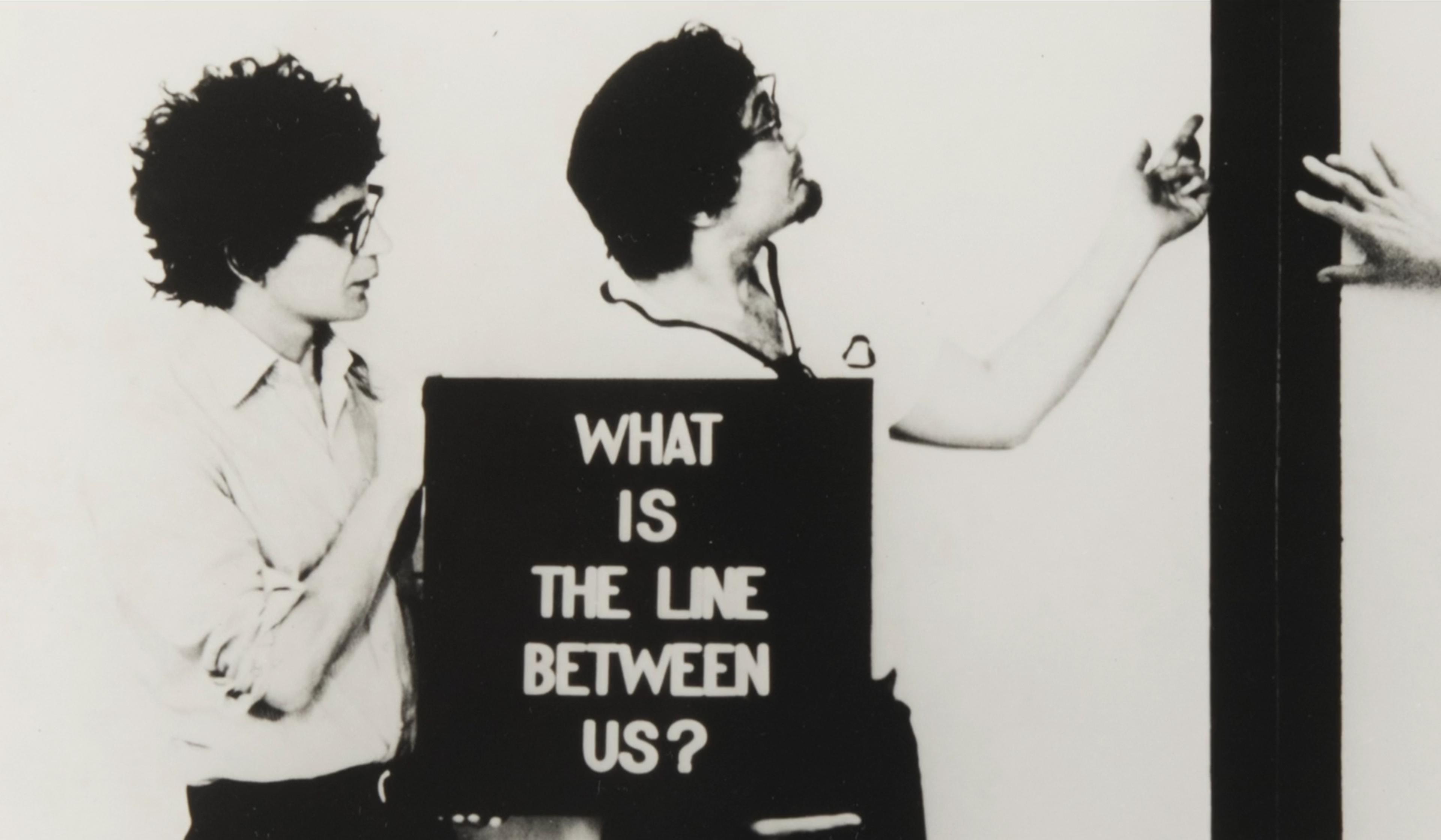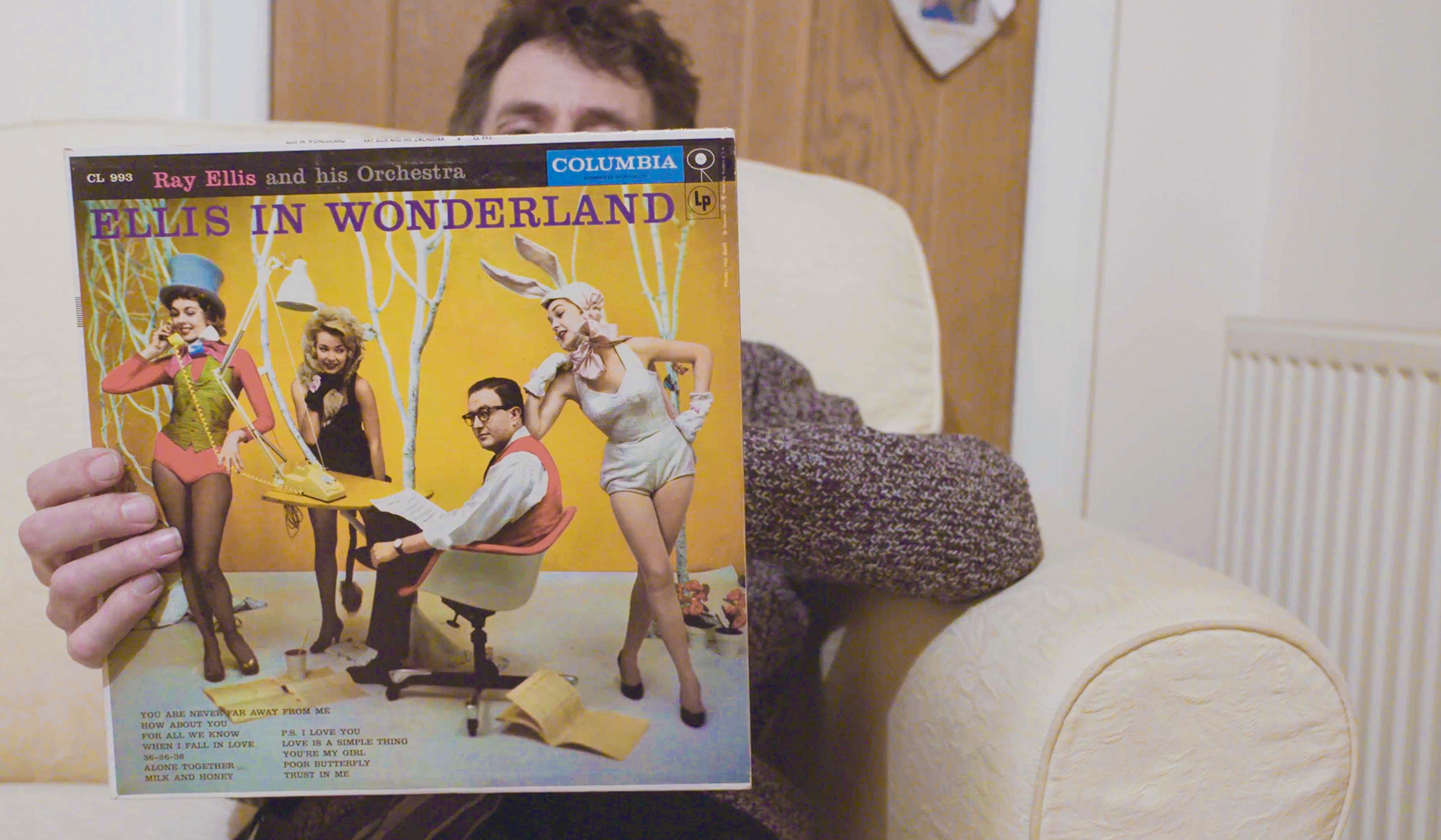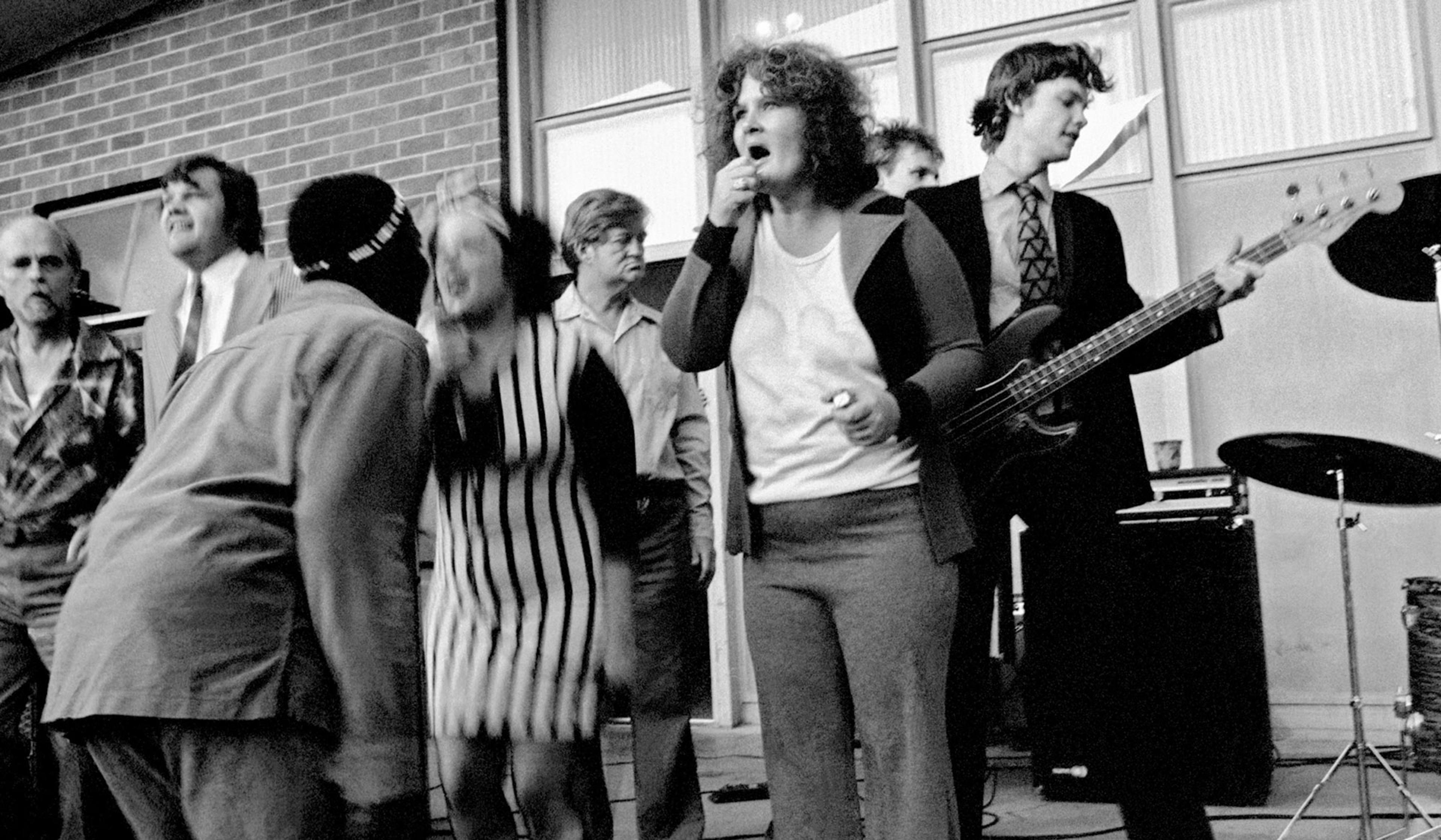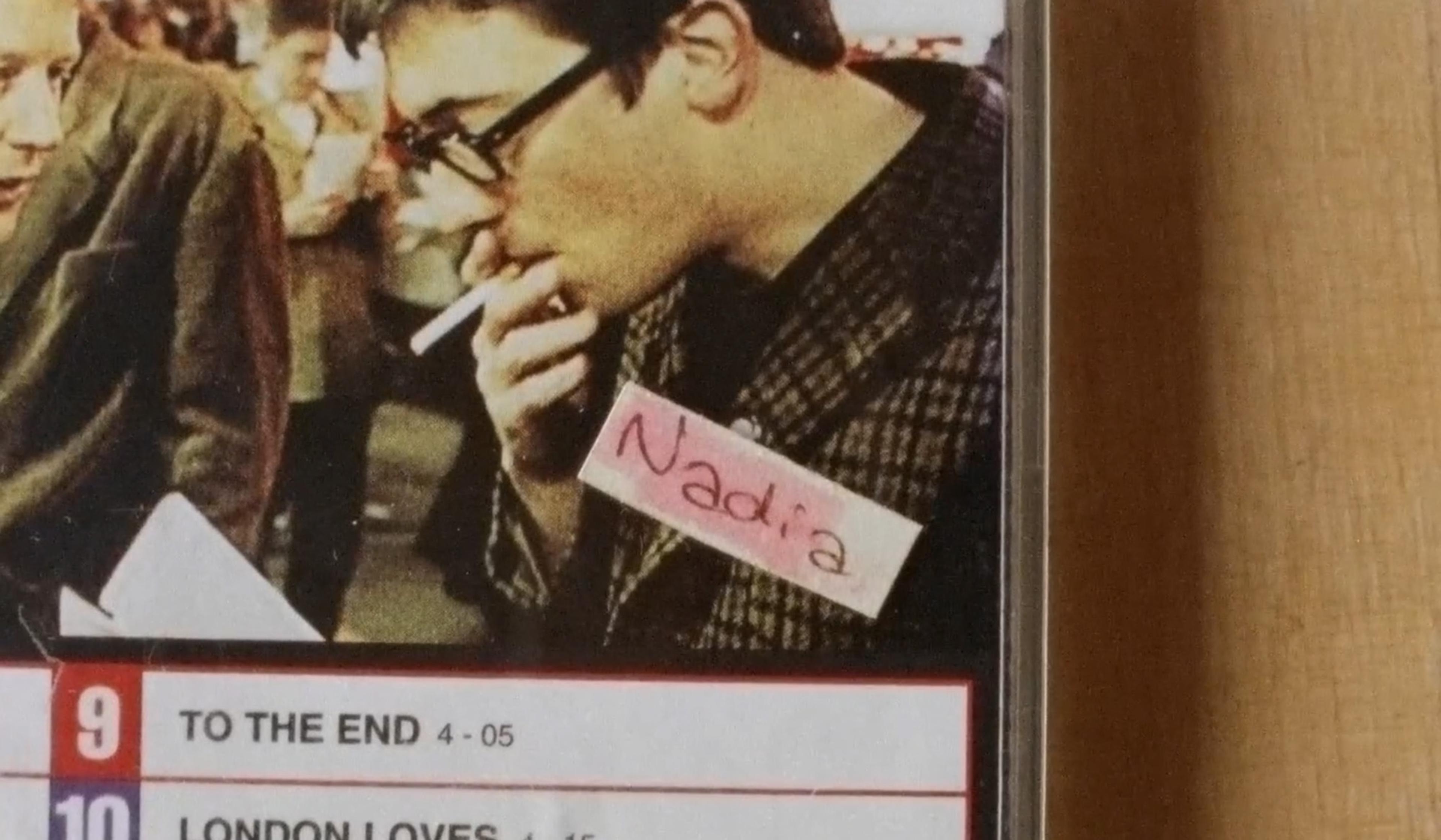For two decades following the Second World War, music in the Soviet Union was tightly restricted by the Communist Party. Bans on Western genres such as boogie-woogie, jazz and, later, rock ’n’ roll, as well as other styles deemed threatening to the political order, extended not only to public radio waves, but to private listening too. This prohibition, and the subsequent demand it created, gave rise to a black market of banned records carved into used X-ray film – contraband items colloquially known as ‘ribs’ and ‘bone music’ that would later become emblems of rock ’n’ roll rebellion. This short documentary from the UK independent music and arts enterprise the Vinyl Factory traces the grooves of X-ray records, using primary sources to retell how these crackling, bendable bootlegs came to be sold on Soviet streets thanks to their risk-taking, music-loving makers and dealers.
Banned in the USSR: how forbidden music made its way to Soviet streets on X-rays
Video by The Vinyl Factory
Concept: Paul Heartfield
Producers: Anton Spice, Anoushka Seigler, Stephen Coates

videoArt
The irreverent duo who thumbed their noses at the Soviet Union and the US art world
11 minutes

videoSubcultures
Bad puns, regrettable costumes, and other joys of collecting kitschy album art
13 minutes

videoHistory of technology
Remarkable historical footage is locked behind paywalls. It’s time to set it free
4 minutes

videoPublic health
When two punk bands came to a psychiatric hospital, beautiful chaos ensued
27 minutes

videoMusic
Before the Beatles dropped acid, a BBC workshop was creating far-out sounds
6 minutes

videoMusic
The formidable female rumba group shaking up Cuba’s conservative music scene
20 minutes

videoMusic
Nick ponders the life of the mysterious girl whose used CDs shaped his teenage years
5 minutes

videoLove and friendship
‘When I first saw him, my heart skipped a beat.’ What Russian women think about love
11 minutes

videoStories and literature
In rural Russia, the days of Communism are fading from memory like fairytales
12 minutes